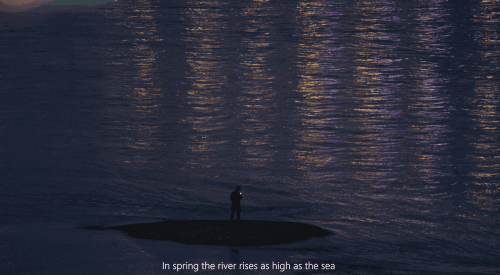GAO Yutao: Hovering: Archives of Contemporary Art in China
For Floating Words, and Broken Images.
In a life where images appear whole by their very excess, we lose our heads (perdre la tête) to a ruinous numbness they induce. Adventure turns into drifting, progress into wandering; the unknown world, like the known, is veiled in a dim haze. We fall through the flickering lights of countless exposures. I believe, with impious dread, that at the lowest point—in the moment closest to the present—there is a photograph tied to the past. If I cannot step on it and halt the fall, I am no less thrilled to believe we will plunge into the void of the sky’s azure.
The sky of the twenty-first century is no longer the dome over the house of the world as Hölderlin saw it. Its weightless seduce means it is closer to the universal class of all images on earth. When we look up, the viscous atmosphere scatters the light of all things, and in the blended blue, we see everything—and thus, we see nothing at all. Occasionally, by accident or oversight, some figures escape through the random formations of clouds or the cracks of imagination. They hovering breathlessly in the air. Whether they fall, escape, or wait… once their fate begins, they remain recognizable as images. Yet none can ever return to what they once represented. Instead, they become fleeting apparitions in the cosmic darkroom, briefly suspended, and then irreversibly evaporating into the final form of existence. What the sky ultimately reflects is an incurable addiction, and anxiety about images.
Why cling to the faces in images? Each insignificant point of exposure holds at least one gaze from a body. These static planes are saturated with hidden subjectivity; no declared truth or universality is anything but their disguise. Every image is an excuse for the human autobiography in search of eternity—until one day, when images multiply on their own, forming a coherent symbolic system, becoming their own reality. As in the exhibition piece 「Night Window」, the origin of observation is a drone drowned behind the reflective surface of glass. The human eye is reduced to a device mediating and translating digital information. Truth’s honest universality is achieved through disappearance, disturbing the harmony of the cosmos and the movement of the world with a single flash— just as how text has end its life. Such is also the fate of all media of knowledge.
Text / XU Zhan




